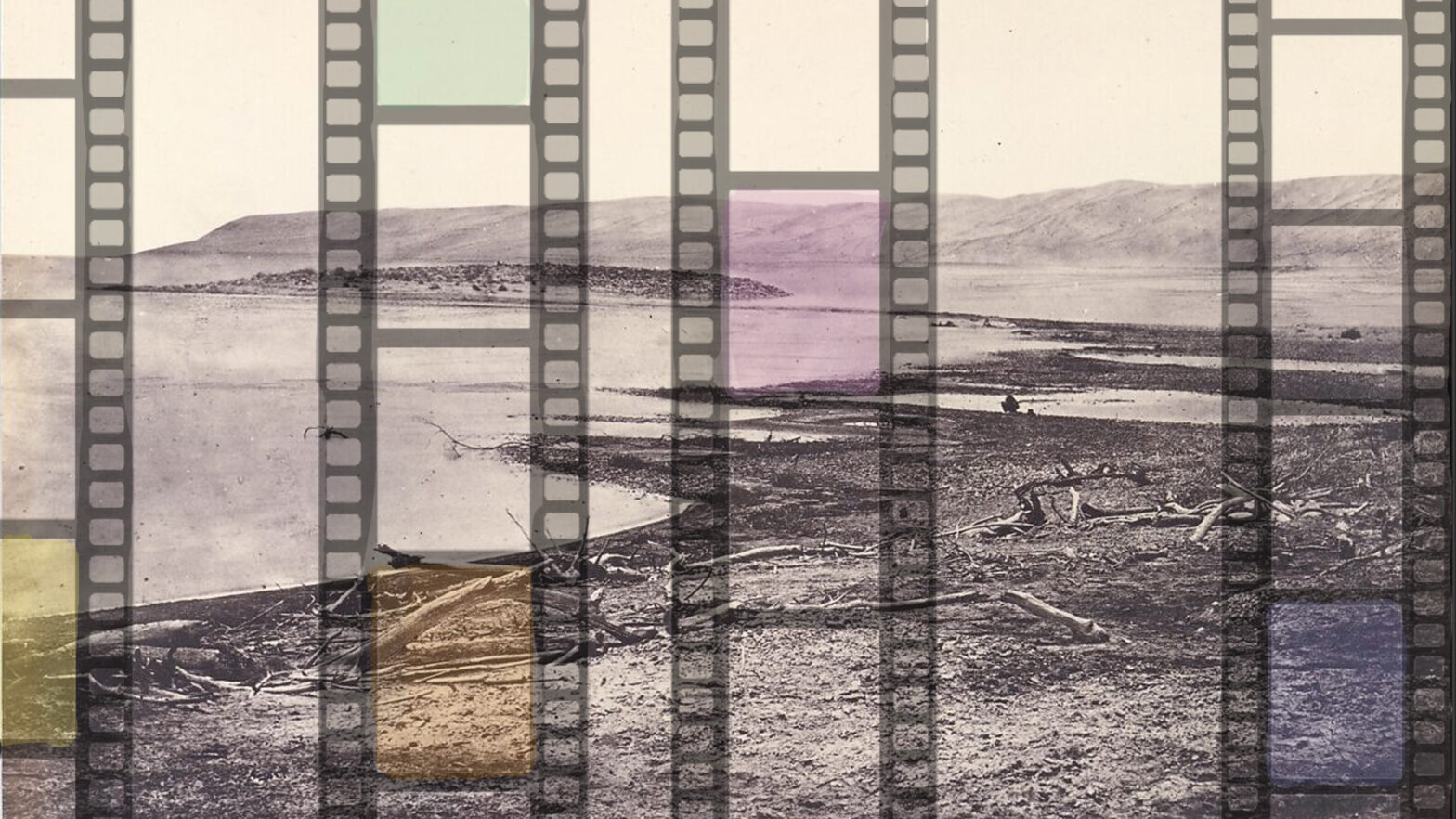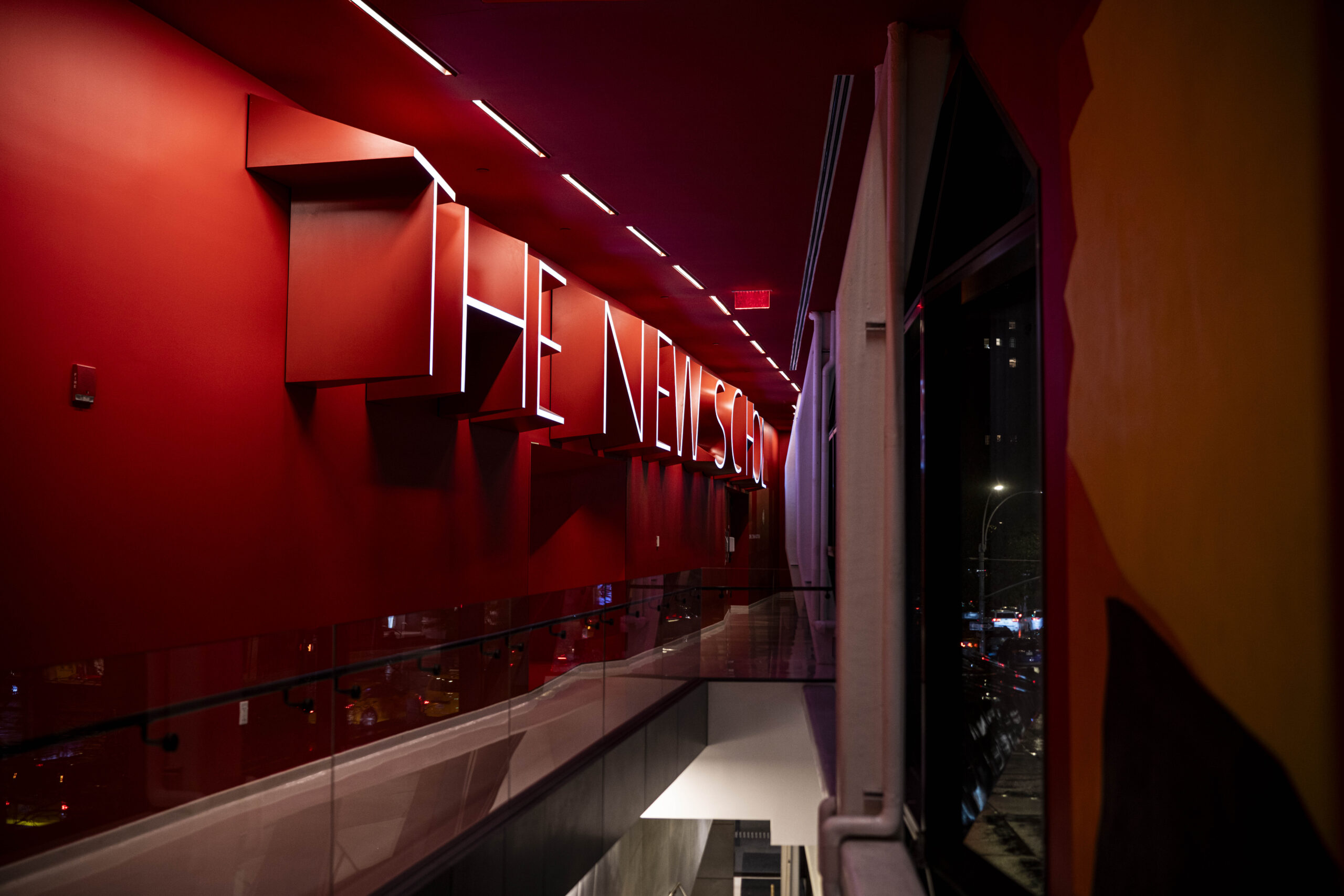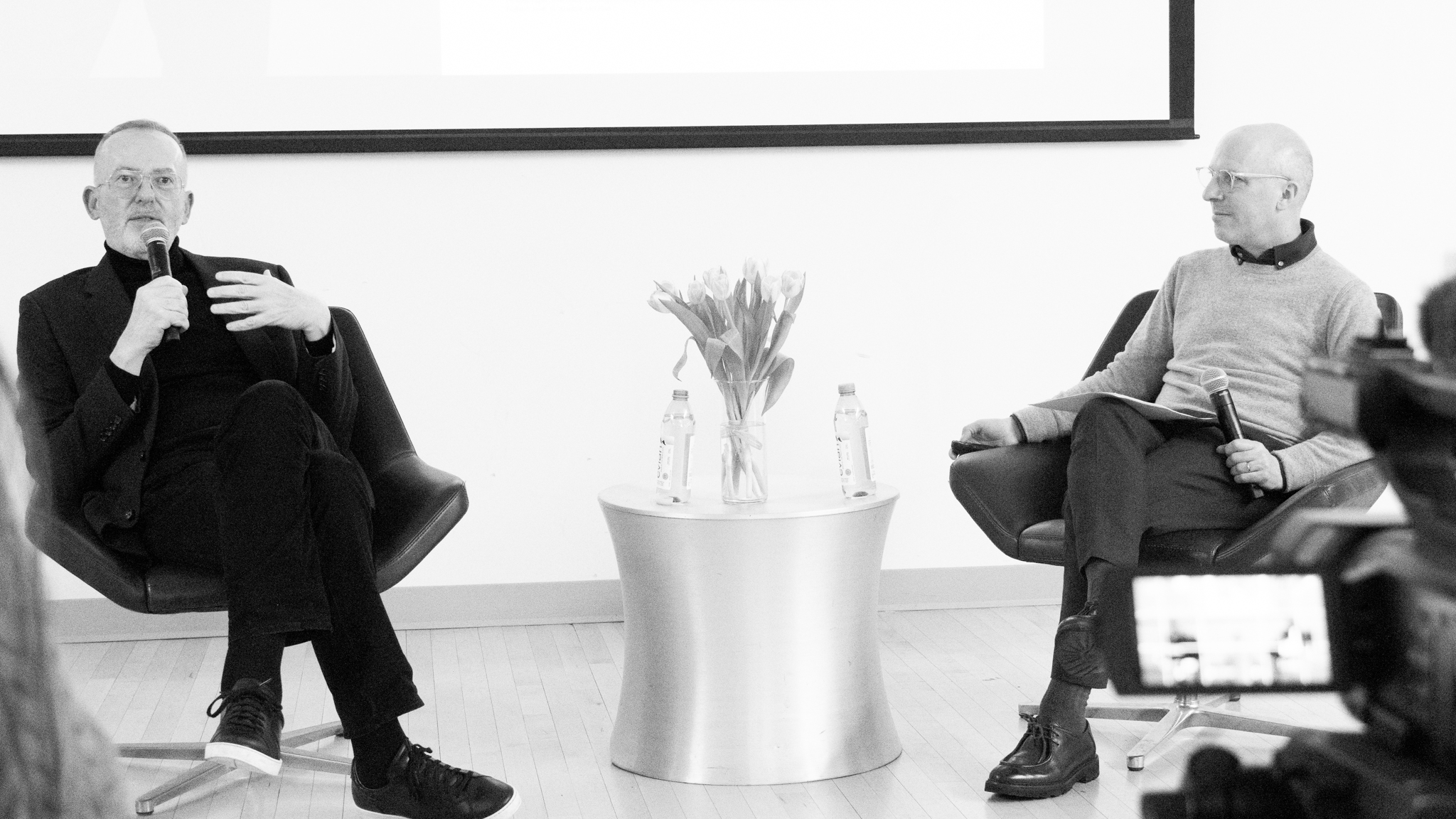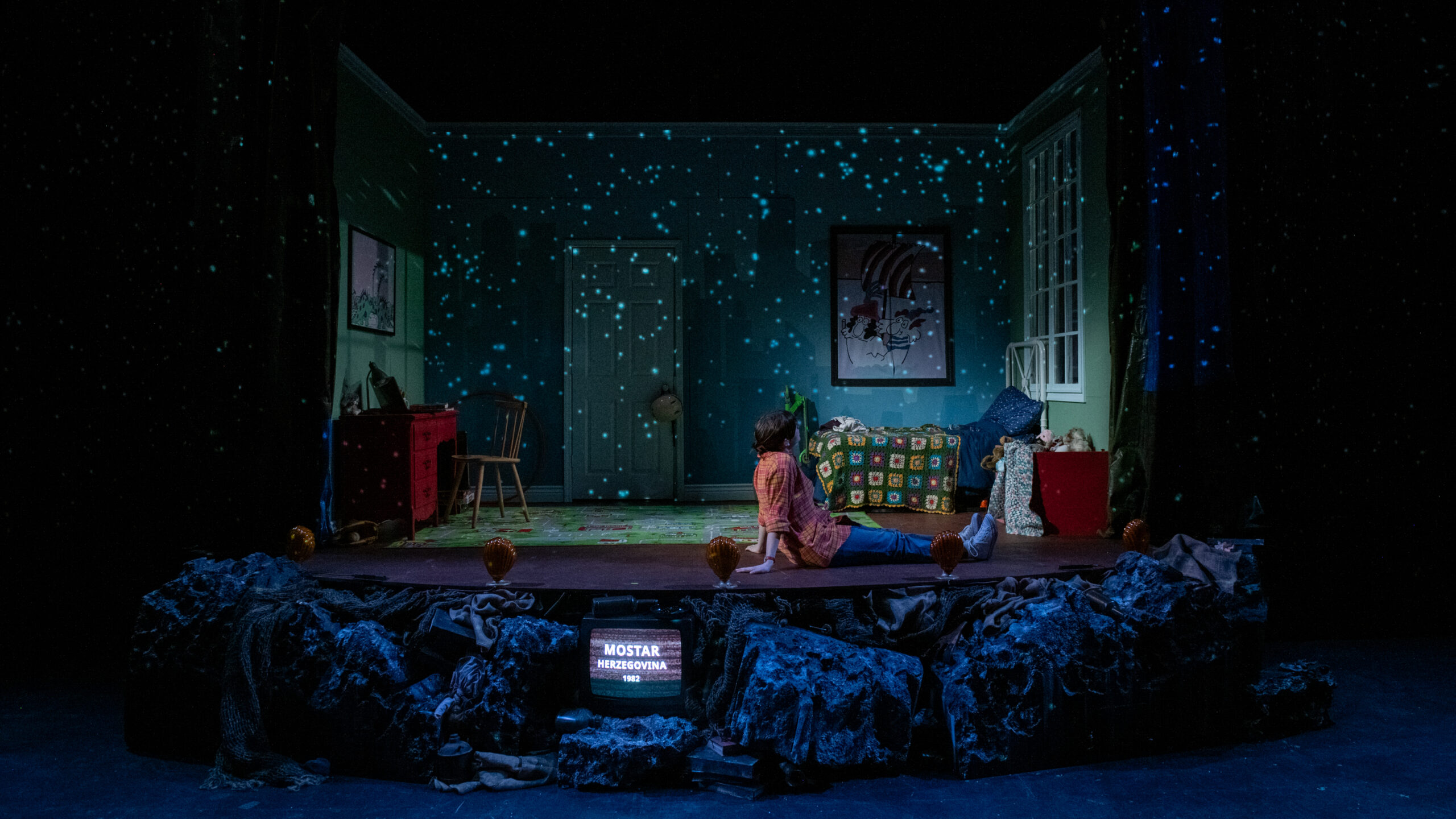New School Free Press at the New York Counter Film Festival
The New York Counter Film Festival (NYCFF) wrapped up its 13-day program with a screening of Ayreen Anastas’ Pasolini Pa* Palestine and a lively closing social. Around 40 people attended the final night on Oct. 10, held at Francis Kite Club on Avenue C in the East Village. As with previous NYCFF events, all proceeds from donations at the door went to direct aid funds in Gaza and Lebanon.
As attendees took their seats, two organizers gave brief opening remarks, expressing gratitude and pride for the success of the festival. Both “audience and writers really needed this call,” one organizer, who chose to remain anonymous to protect their identity, remarked, referring to NYCFF’s demand for action and allyship with Palestine within the film industry. NYCFF — which emerged in response to the New York Film Festival’s (NYFF) connections to the Lincoln Center’s donors and corporate sponsors, and their support of the Israel Defense Forces — was founded with the intent to create a space for conversation, community, and collective resistance.
“This has been a real showcase of not only Palestinian filmmakers but filmmakers … continuously in solidarity with Palestine,” said the same organizer, summarizing the success of the festival.
Anastas’ Pasolini Pa* Palestine, released in 2005, was a thoughtful, meditative way to close out NYCFF’s diverse program of films. Pasolini Pa* Palestine is a reimagining of Italian Marxist director Pier Paolo Pasolini’s 1965 film Scouting in Palestine, in which he explores potential filming locations for his later film, The Gospel According to Matthew. The 2005 film deftly crafts a world in which Pasolini, voiced by an Arabic-speaking actor, returns to Palestine 40 years later to recreate his original journey.
The film had a multifaceted structure, drawing the viewer into its premise. We see scenes of the editing room in which the filmmaker speaks, arranges clips, and instructs ‘Pasolini’ to repeat himself or alter his lines. In these scenes behind the curtain, black and white clips of the 1965 film ground the viewer in the original context. The rest of the film consisted of collaged contemporary clips of Palestine, hand-drawn maps, and slow, measured narration. The clips of Palestine were imbued with longing and love, often showcasing bucolic yet empty landscapes. The clips often repeated themselves and were accompanied by long stretches of silence. With the muffled noises of Francis Kite Club’s bar as a moving backdrop, audience members were invited to sit quietly with the land of Palestine and its people.
The film ended with the credits rolling over footage of the filmmaker passing through a military checkpoint on the way to Bethlehem, reminding the viewer of our modern politicized reality. Anastas’ Pasolini Pa* Palestine reimagined the narrative Pasolini crafted in 1965 in an empathetic and honest light — the film faced reality while simultaneously subverting it. Above all, it created room for images of Palestine to speak for themselves.
As the film concluded and the resounding applause died down, audience members began to filter into the bar, mingling and celebrating to the soundtrack of DJs Doula and NYMPH.
NYCFF was a place for communities to gather, discussions to begin, and often less-visible art to come to the big screen. As their website reads, “The New York Counter Film Festival aims to challenge a pillar of zionist cultural normalization in the imperial core — Lincoln Center — through a constructive, community-oriented project during the New York Film Festival.” Competing with a well-established institution of such magnitude is an uphill battle — but in terms of communal connection, collective spirit, and dissemination of information, the NYCFF succeeded in its goals.








Leave a Reply